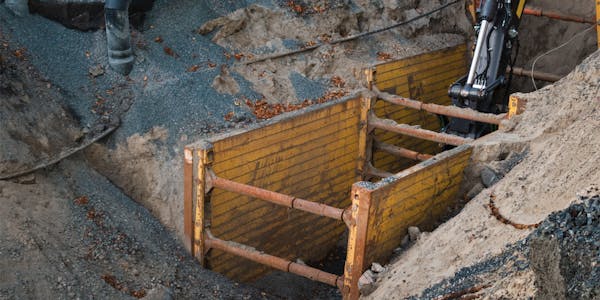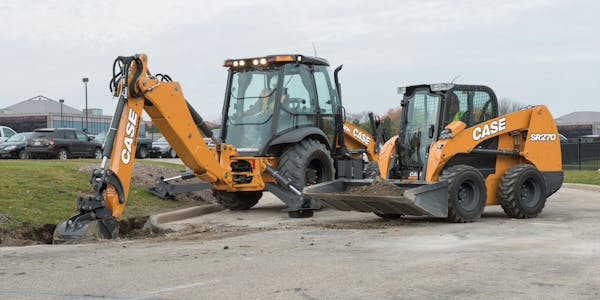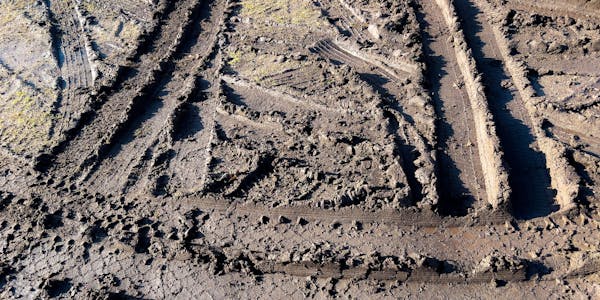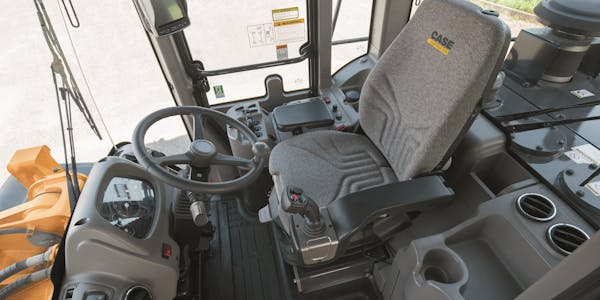How to Maintain Trench Safety?
Working in and around trenches is a regular part of many construction and utility projects. It’s so common that crew members can sometimes forget that working near trenches can be dangerous if the right precautions aren’t taken. The good news is that most jobsite accidents involving trenches can be easily avoided. Follow this guide to help prevent dangerous, costly situations on your next excavation job.
Common trenching hazards
Insufficient safety precautions surrounding trenches can lead to problems on your jobsite. Some examples of potentially dangerous consequences of not monitoring trench areas sufficiently are:
· Slips and falls into the trench
· Cave-ins and collapse of the trench walls
· Heavy equipment sliding into the trench
· Flying rocks and other debris from above the trench
· Nearby structures collapsing into the excavated area
· Striking underground utilities, resulting in gas leaks, electrocution, flooding, or explosions
Below are tips and best practices that will help you avoid hazardous conditions surrounding trenches.
Trench safety tips
1. Install protective systems – When your trench is deeper than 5 feet, protective systems are required. One way to accomplish this is through sloping and benching, which involves cutting back the trench wall at an angle to create a slope, then developing steps to travel in and out of the trench. The other way is by using shoring and trench shields. These systems use metal supports for the trench walls to help prevent cave-ins.
2. Routinely inspect your trenches – All trenches should be carefully checked before work begins for the day and then rechecked several times throughout the shift to look for signs of collapse or any other dangerous conditions. Signs of danger include cracking, sagging, or bulging of the trench walls or bubbling on the floor of the trench. If it is raining or snowing, then trenches should be inspected even more often.
3. Have an OSHA Competent Person on the job – A Competent Person is responsible for noticing and identifying potential hazards on the jobsite, as well as taking necessary steps to maintain safety. This role is required on every job by OSHA regulations.
4. Ensure your crew is well trained and uses proper protection – All excavation workers should be able to identify and respond to potential trenching threats, and they must wear the proper personal protective equipment (PPE) at all times, like hard hats, eye protection, and long sleeves and pants.
5. Know your jobsite – Underground utility lines can be hazardous to construction workers. It’s important to know if there are any gas, electricity, or water lines running through your work area. Their locations should be identified and clearly marked for the excavation crew.
6. There needs to be a way out – Any trench more than 4 feet deep must have simple access and egress routes within 25 feet of every worker. These routes may be ladders, ramps, or stairs.
7. Keep a safe distance – All workers should keep a safe distance from excavators digging a trench, in order to avoid injury from falling loads or debris. You should also keep supplies, equipment, and excavated materials stored at least two feet away from the trenching edge to avoid the possibility of having them fall into the trench.
8. Test for dangerous substances – Trenches must be tested for oxygen levels as well as potentially toxic gases like methane and carbon dioxide.
Safety First
Trench safety is important to avoid injuries and downtime on the job. You can help prevent accidents and maximize the efficiency of your project by understanding and implementing these tips and best practices for working in and around trenches.










